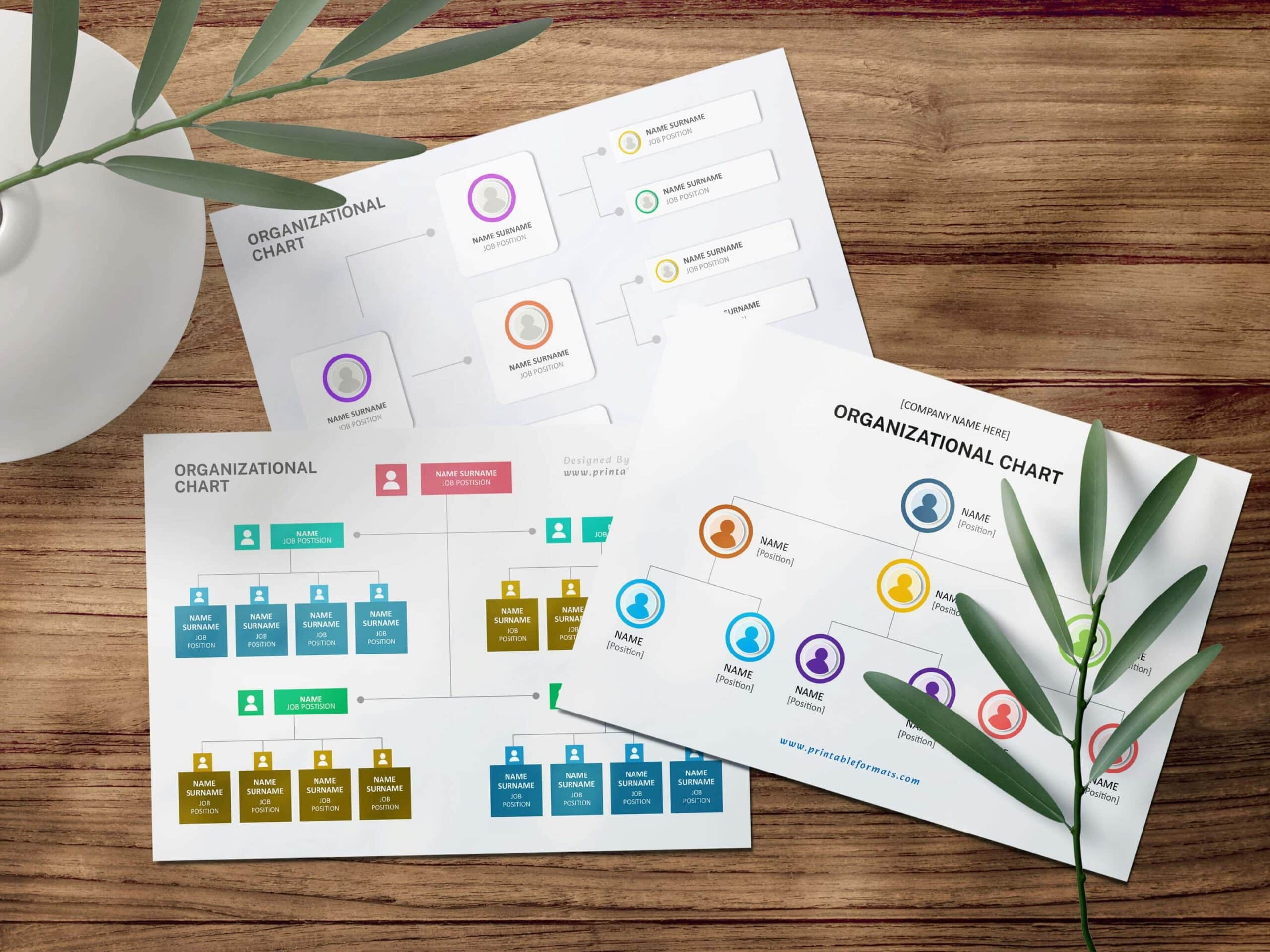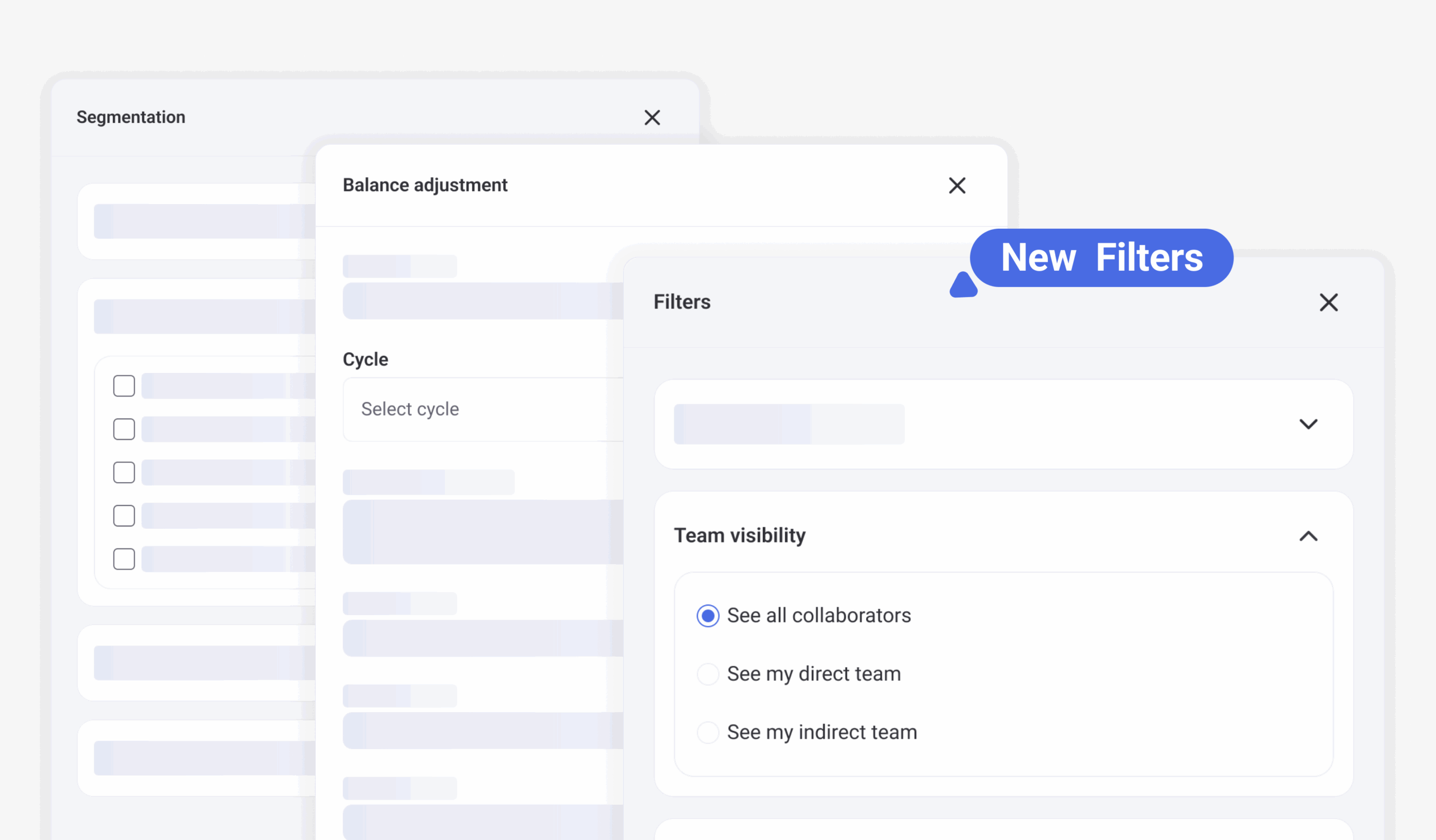Introduction
The organizational chart is a fundamental tool in any company. It is a graphic representation of the organization’s structure, showing the hierarchical and functional relationships between the different departments, areas and positions of the company. A well-designed and updated organizational chart can have a great impact on improving the communication and efficiency of a company.
In this blog post, we will explore the power of the organizational chart and how it can improve communication in your company. We will also discuss some best practices for creating an effective organizational chart and how it relates to human resource management.
Why is the organizational chart important?
It is important because it helps to clearly define the structure of the organization, the roles and responsibilities of each employee, and the levels of authority and decision making. By having a clear understanding of the organization’s structure, employees can communicate more effectively and make informed decisions.
In addition, a chart can help improve efficiency and productivity by ensuring that employees know who to report to and how they relate to other departments and areas of the company. It can also help identify areas of the company that need to improve communication or are overworked.
How do you improve communication in your company?
The company organizational chart can help improve interdepartmental communication. Employees can see how they relate to other departments and who their key contacts are in those departments. This can help improve collaboration and coordination between departments and avoid duplication of effort.
Third, it can help identify communication problems in the company. If there are departments or areas that are not well connected or appear to be overworked, this may be a sign of communication problems. By identifying these problems, the company can take steps to address them and improve overall communication.
How to create an effective organizational chart
It is important to follow some good practices. First, it is key to clearly define the roles and responsibilities of each employee and department. This will help ensure that employees know what is expected of them and who is responsible for what.
Second, it is important to consider the culture of the company when designing the organizational chart. The organization structure must reflect the company’s culture and values in order to be effective. For example, if the company values collaboration and innovation, the organizational chart should encourage collaboration between departments and enable innovation at all levels.
Third, it is important to update the chart regularly. The structure of the organization may change over time as the company grows and develops. It is important to know when the organizational chart needs to be updated and to do so to ensure that it is accurate and reflects the reality of the company.
Fourth, it is essential to consider clarity and simplicity when creating the organizational chart. The organizational structure should be easy for employees to understand and navigate. The use of colors and symbols can be helpful in making the information clearer and easier to digest.
Fifth, it is important to consider how the organization chart is presented. Today, many companies use human resource management software to create digital organization charts that can be easily shared with employees. These programs are often easier to update and maintain than printed organization charts, and can be a useful tool for improving communication and company efficiency.
How the organization chart relates to human resources management
The organization chart is closely related to human resources management. Human resources departments are often responsible for creating and maintaining the company’s organizational chart. In addition, the organizational chart can be a valuable tool for human resource management in several areas.
For example, the organizational chart can help human resources departments identify areas of the company that need further training or development. If there are departments or areas that appear to be overworked or have communication problems, this may be a sign that more training or development is needed in those areas.
In addition, the company organizational chart can be useful for performance management and employee evaluation. By having a clear understanding of each employee’s roles and responsibilities, managers can evaluate employee performance more effectively and provide specific feedback on their work.
Frequently asked questions
What are the four types of organizational chart?
The four types of company organizational charts are:
1. Hierarchical: Traditional top-down structure with clear levels of authority.
2. Matrix: Employees report to multiple managers, typically by project and function.
3. Flat: Minimal management levels, promoting open communication and collaboration.
4. Divisional: Divided by product lines, markets, or geographies, each division has its own structure.
What is the function of the organizational chart?
The function of an organizational chart is to visually represent a company’s structure, showing the relationships and hierarchy between roles, departments, and employees. It helps clarify reporting lines, responsibilities, and communication flow within the organization.
How to make a good organizational chart?
To make a good organizational chart:
1. Define the structure: Choose the right type of chart for your organization (hierarchical, matrix, flat, divisional).
2. Identify roles and departments: Clearly list all key roles and departments within the organization.
3. Organize hierarchically: Arrange roles by authority and reporting lines to show the chain of command.
4. Keep it simple: Use clear labels, avoid overcrowding, and ensure it’s easy to read.
5. Use software: Utilize tools like Lucidchart, Canva, or Microsoft Visio to create a clean, professional chart.
6. Update regularly: Keep the chart up to date as the organization evolves.
What should organizational charts include?
1. Job titles: Clearly label the positions within the company.
2. Employee names: Include the names of individuals in each role (if applicable).
3. Departments: Group roles by departments or teams for clarity.
4. Reporting relationships: Show the hierarchy, indicating who reports to whom.
5. Contact information: Optionally, include contact details for easy reference (mainly in digital charts).
6. Lines of communication: Visualize key connections between roles or teams beyond the hierarchy.
Conclusion
The organizational chart is a powerful tool for improving communication and efficiency in a company. By clearly defining the structure of the organization, the roles and responsibilities of each employee, and the levels of authority and decision-making, the organizational chart can help employees communicate more effectively, improve collaboration and coordination between departments, and avoid duplication of effort.
In addition, the organizational chart can be a valuable tool for human resource management in areas such as training, development, performance management and employee evaluation. By following some best practices, such as clearly defining roles and responsibilities, considering the culture of the company, regularly updating the organization chart and presenting information in a clear and simple manner, you can create an effective organization chart that benefits the entire company.







